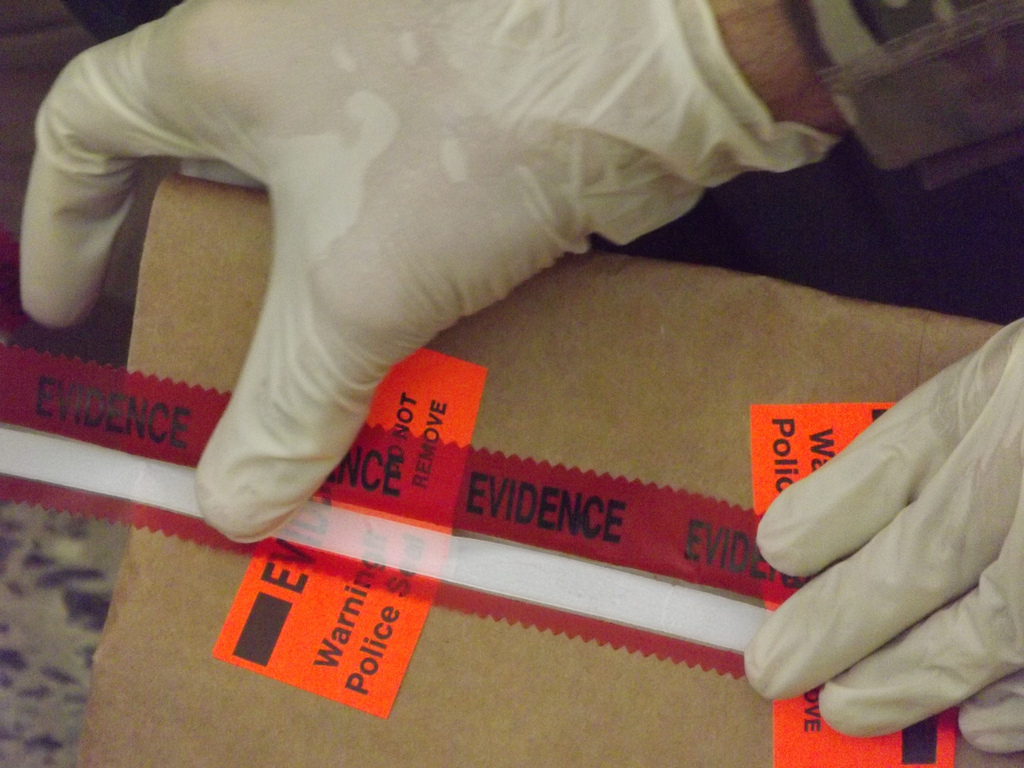The internet, as we’re reminded frequently, is for porn — and that includes everything from the high art to the amateur, the videos and snippets shot in bedrooms all over the world and uploaded for the rest of the internet to see. It’s probably not surprising that livestreaming services like Snapchat and Periscope are being used as avenues for distributing porn — among many other things — but they’re also being used to broadcast more sinister things.
Like rape.
In late March, three men and a woman gathered in a bedroom somewhere in London, streaming a video titled “live sex.” That sex, though, quickly became something else, as it was readily apparent that the woman in the video hadn’t consented to filming, and wasn’t consenting to sexual activity, either. While commenters on the video and elsewhere identified what was happening as rape and tried to figure out what to do, others labeled the woman a slut and made disparaging comments about her, a blatant reminder of the role of rape culture in society.
It was like the internet in microcosm, the bizarre and horrific tension between a world where some people act in social justice-minded ways in the hopes of building a better world, while others try to tear them down. The video disappeared, as did the original user’s Twitter account, but it wasn’t the first rape broadcast on the service, and it probably won’t be the last, alongside other crimes from the violent to the dangerous to the petty.
Periscope, like Twitter, Facebook, Tumblr, YouTube, and a host of other sites, is facing a crisis. Reviewing and moderating content is functionally impossible with such a high volume of users and colossal number of uploads. These services effectively rely on users to flag content they identify as abusive or possibly illegal, and even then, their moderators cannot work their way through material tagged as such in time to catch events like these as they unfold live.
In another battle between conflicting interests, they don’t retain data and are reluctant to turn information over to law enforcement, an advantage when it comes to protecting privacy rights, but a profound disadvantage when people are attempting to report, investigate, and prosecute crime. In this case, evidence of a rape vanished into thin air, and even had the woman reported it, the court would have been presented with a complicated legal situation — do you try a case with little to no physical evidence (depending on whether she received a rape kit)? Would the testimony of viewers be construed as hearsay, or testimony from actual witnesses?
The internet can be a gruesome place, and its underbelly is a very dark one — child pornography, human trafficking, and other violations of human rights and dignity are all up for the taking, for people who know where to look. Using streaming services offers a huge advantage to criminals: They can offer the titillating material they want to air to eager viewers, and then wipe it from the face of the internet before law enforcement have an opportunity to identify the content, let alone trace it to its source. Streaming media’s immediacy, accessibility, and functionality have created a monster.
It’s a complicated monster, too, because even as criminals use such services to document horrific abuses or their own stupidity and poor choices, streaming and documenting every moment of our lives has become so ubiquitous as to be almost required. For millions of people around the world, our waking lives are traced across media platforms, creating a world in which we are constantly observed, but also acting as observers, creating a bizarre sense of distancing.
In an environment where people can have thousands, or millions, of ‘friends’ on social media, it can become difficult to view them as individuals instead of an amorphous mass, and that attitude contributes to the lack of empathy in online environments. The increasing abuse that’s becoming a looming problem on social media is intimately interrelated with this issue, as people dehumanise and abstract each other, making it easy to behave in horrific ways to people on the other side of a screen because they don’t feel, or appear, real. One aspect of that behaviour includes the act of doing nothing, of sitting frozen while videos detail terrible crimes, or watching Twitter users viciously assault each other, doxing them, threatening them, and collectively planning to endanger them and their families.
The sites that enable such behaviour also refuse to take responsibility for it, shrugging their shoulders when it comes to the issue of abuse and users agitating for better tools to counteract situations like these. They’re not just indifferent to users, but also to pleas from organisations and advocacy from human rights groups. There’s nothing to be done, they say, so nothing will be done.
Every rape broadcast on Periscope, every trans teen’s suicide note on Tumblr, sparks a rapid and horrific reaction in online communities, but shortly thereafter, things return to normal. Sites claim that it’s simply impossible to help users who don’t want to be found, or can’t be identified, with some arguing that there’s a slippery slope when it comes to turning account data over to law enforcement. While law enforcement agencies freely spy on social media users, often with the tacit consent of the companies they’re leaning on, users can’t count on these services, or law enforcement, to intervene when they’re in trouble.
This rape, which disappeared into the ether of the internet, will be discussed with heated insistence that something needs to be done, until it fades away into the background again, waiting to be a footnote in another article about another rape, and another, and another. What is to be done in a culture where anyone can broadcast, and tune in, to human rights violations with little more than a smartphone and a search engine?
Photo: Arctic Wolves/Creative Commons

